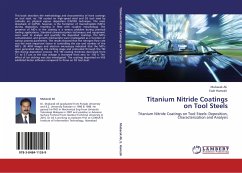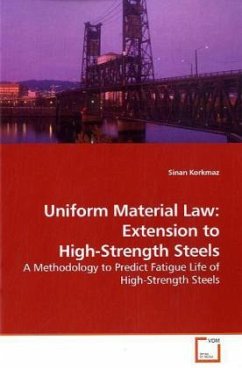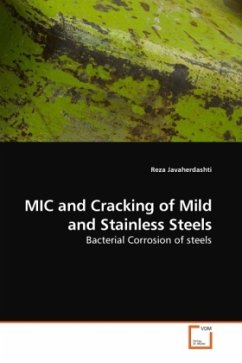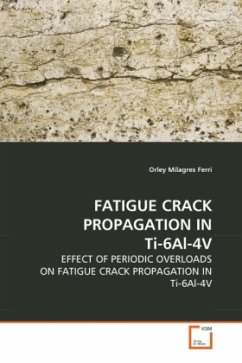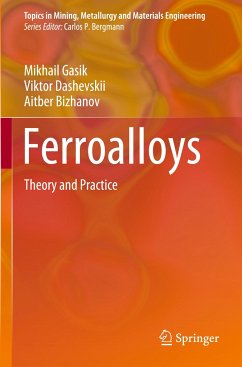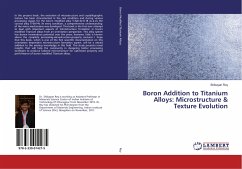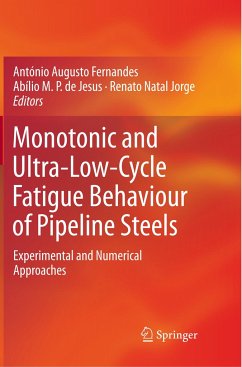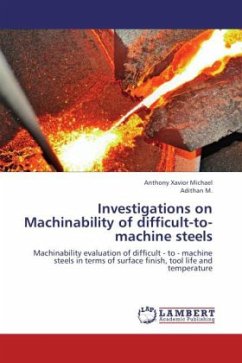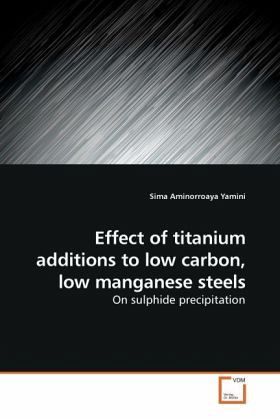
Effect of titanium additions to low carbon, low manganese steels
On sulphide precipitation
Versandkostenfrei!
Versandfertig in 6-10 Tagen
52,99 €
inkl. MwSt.

PAYBACK Punkte
26 °P sammeln!
Recent developments of high strength line pipe steel have seen a decrease in carbon content from 0.25 wt% to less than 0.05 wt% and manganese to less than 1 wt% in an attempt to reduce centreline segregation. The sulphur content should be less than 0.008 wt% as well. However, recent papers argued that low manganese levels in pipeline steels have the potential to improve weld line toughness and allow a higher tolerance for sulphur. Should this be true it would be possible to eliminate the usual desulphurising treatments decreasing the production cost. The current study was designed to explore t...
Recent developments of high strength line pipe steel have seen a decrease in carbon content from 0.25 wt% to less than 0.05 wt% and manganese to less than 1 wt% in an attempt to reduce centreline segregation. The sulphur content should be less than 0.008 wt% as well. However, recent papers argued that low manganese levels in pipeline steels have the potential to improve weld line toughness and allow a higher tolerance for sulphur. Should this be true it would be possible to eliminate the usual desulphurising treatments decreasing the production cost. The current study was designed to explore the effect of titanium on sulphide precipitation in steels with higher sulphur contents than currently used in the pipeline industry. The mechanical properties of steels are influenced by the type, shape and size of sulphide precipitates. Titanium additions to low carbon steel influence the precipitation behavior and composition of sulphide precipitates and could provide grain refinement, precipitation strengthening and sulphide shape control.



